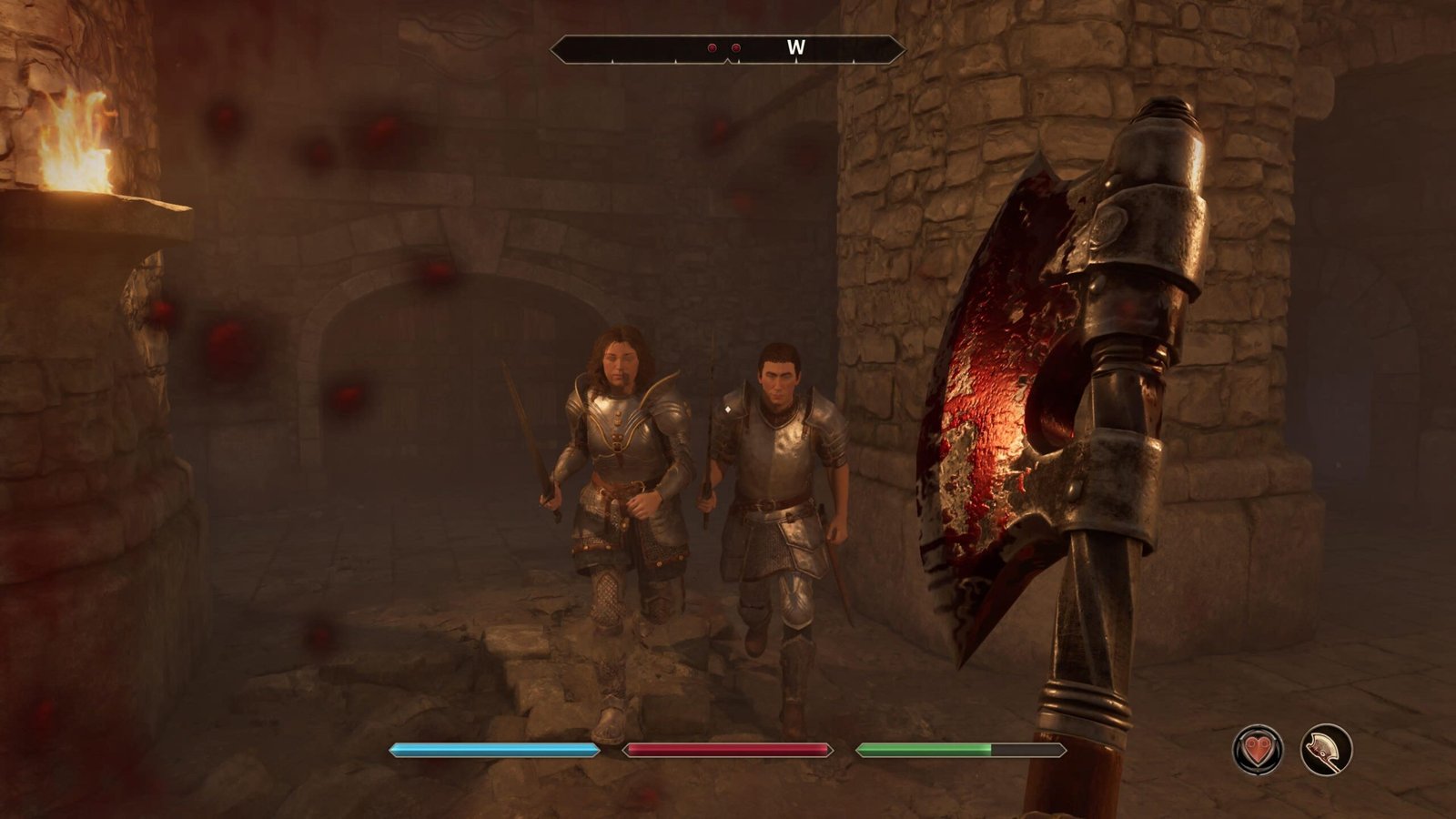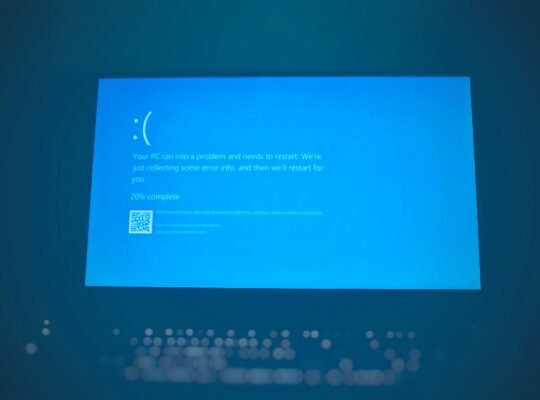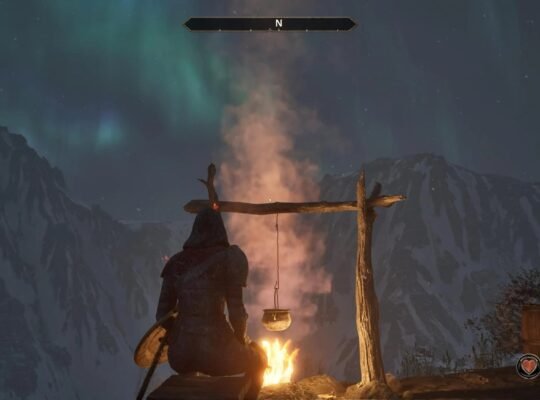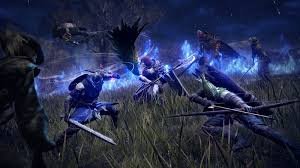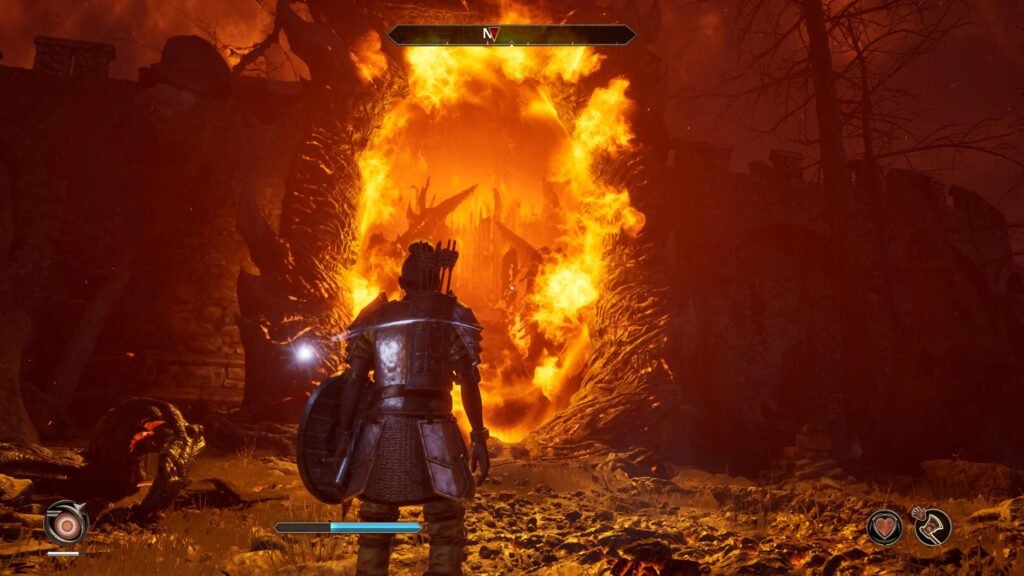
Rating: 4.5 / 5 – Excellent
Platform: PC, PlayStation 5, Xbox Series X/S
MSRP: $59.99
Genre: Action-RPG
Publisher: EclipseForge Interactive
Developer: EclipseForge Studios
Shadowfall: Eclipse Remastered is a visually stunning reawakening of a cult classic that modernizes its graphics and controls while faithfully preserving its brooding, lore-rich universe. A few legacy quirks and minor bugs remain, but none detract from the magnetic pull of its dystopian fantasy world. Whether you’re a returning fan or a curious newcomer, this is one remaster that truly earns its second chance.
Pros
- Gorgeous visual overhaul in Unreal Engine 5
- Deep, atmospheric world-building
- Memorable story-driven factions
- All DLC and expansions included
Cons
- Some awkward legacy animations
- Camera can still feel clunky in tight spaces
- Occasional pathfinding issues
After years of fan petitions, Shadowfall: Eclipse Remastered brings one of the most overlooked RPGs of the 2010s into the modern era. Its haunting story, customizable combat system, and richly detailed environments are more compelling than ever, thanks to modern graphical tech and enhanced audio. While not flawless, it’s a rewarding dive into a world that feels both timeless and timely. This is how remasters should be done.
What’s New & What’s Preserved in Shadowfall: Eclipse Remastered
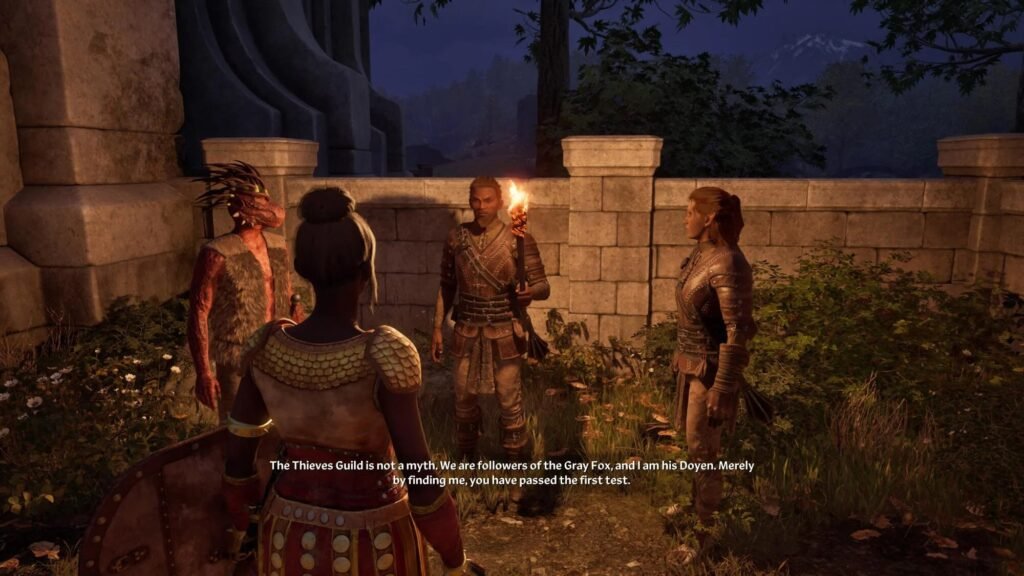
When Shadowfall: Eclipse first launched back in 2011, it was a bold but flawed gem—an ambitious open-world RPG set in a fractured realm where magic, technology, and religious dogma clashed. Critics praised its vision but faulted it for technical instability and clunky systems. Fourteen years later, the Remastered edition does what fans had long hoped for: it gives the game a technical and artistic facelift while letting its original identity shine through.
What’s Been Upgraded
Built on Unreal Engine 5, the most immediate improvement is visual. The once-muddy, grey environments are now alive with detail and light. Towering ruins shimmer with reflective rain, character models feature motion-captured animations, and spell effects look like cinematic explosions of raw power. Texture resolution is crisp even up close, and ray-traced lighting creates atmosphere in every shadow-filled temple and blood-soaked battlefield.
The interface and quality-of-life features have also been reworked. Menus are now controller-friendly, inventory management is drag-and-drop responsive, and there’s a new fast-travel system with regional lore blurbs and dynamic weather changes during loading. The once-loathed lockpicking mini-game has been completely overhauled and is now a smooth, physics-based puzzle.
Combat has been gently refined with hit reaction animations, weapon weight tweaks, and a stamina-based dodge system, giving it a more modern feel without departing from its hybrid real-time/tactical roots.
What’s Faithfully Preserved
And yet, for all these upgrades, the developers have taken care not to tamper with what gave Shadowfall its cult following.
The gritty, morally ambiguous narrative remains untouched—just remastered with improved facial animations and rerecorded dialogue from the original voice cast. Your choices still matter deeply: betray a companion, and you may find them hunting you in a side quest hours later. Save a town, and its people remember your name—fail, and they curse it.
The world’s lore-heavy, nonlinear structure is the same. You still begin as an exiled Mageseer, broken and hunted, gradually uncovering the multi-factional war beneath the political façade of the Eclipse Kingdoms. The branching paths, religious schisms, and secret orders are all intact, making replayability a major strength.
Quirky NPC behaviors and awkward conversation zoom-ins have survived too, and oddly enough, these legacy quirks help preserve the game’s original personality. It still feels like Shadowfall—not like a sterilized remake.
Gameplay, Systems & World: A Complex Dance of Choice and Chaos
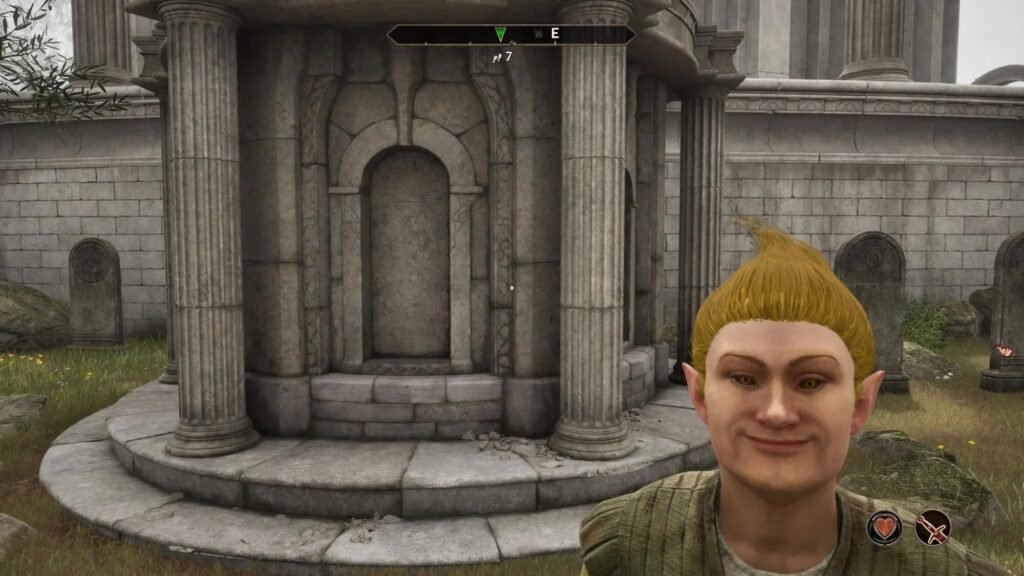
If Shadowfall: Eclipse Remastered proves anything, it’s that a game doesn’t need to reinvent its systems to stay compelling—it just needs to execute them better. Beneath its upgraded surface lies an RPG core brimming with depth, player agency, and rich interactivity.
Combat & Character Builds
Combat is Shadowfall’s most controversial feature, both then and now. The remaster smooths out many issues but keeps the hybrid real-time/strategic rhythm. You can pause mid-fight to assign spells, use items, or switch weapons. Enemy AI has seen improvement—they now flank, retreat, and prioritize threats—but it still gets confused during chaotic battles, especially indoors.
Character creation remains fully open-ended. You begin by choosing one of six playable origins, each with a different homeland, background, and passive perks. Instead of classes, the game uses a skill-based progression system—you grow in what you use, be it heavy armor, dual daggers, necromancy, or technology-infused firearms.
There’s synergy here: combine high-level Arcane Focus with Chrono Tech implants to slow time and burn enemies in midair. Or go full melee, wear reactive armor, and bash through enemy lines with warhammers. The Remastered edition introduces new talents and streamlined cooldowns, allowing for tighter combat loops.
Systems of Influence
What truly sets Shadowfall apart is its interconnected faction system. The world isn’t just window dressing—it reacts. Guilds track your loyalty. NPCs remember your past. There are four major factions and a dozen minor ones, all with their own ideologies, recruitment rules, and internal politics.
Join the Lightborne Clerics, and you’ll be hunted by the techno-skeptical Forgewrights. Side with the exiled Arcanum, and cities may block you from entering. The reputation meter isn’t just cosmetic—it gates quests, alters dialogue, and even reshapes endings.
You can manipulate factions from within, sow discord, or unify them in rare diplomatic victories. There are no clear “good” or “evil” choices. The game’s consequence system ensures you often live with gray, irreversible outcomes.
A Living, Breathing World
The world of Eclipse is called Varnis, a continent fractured by magic cataclysm and centuries of war. From the frozen peaks of Nyrrh to the acid-blasted ruins of the Outer Caldera, it’s a haunting, meticulously crafted world.
Cities feel alive thanks to dynamic NPC schedules, ambient dialogue, and context-sensitive events. You might walk into a marketplace to find a public execution, or overhear whispered rumors that unlock side quests. Environmental storytelling—graffiti, abandoned journals, ruined churches—adds depth without over-explaining.
The remaster adds randomized world events and AI-driven patrol routes, making each playthrough unpredictable. A traveling merchant may be ambushed en route, leading to a unique rescue encounter. A plague outbreak might suddenly quarantine a town mid-quest, forcing alternate routes or moral decisions.
Quest Design
While the main story about the reawakening of the Eclipsed Gods is linear in structure, the side quests are where the game shines. From investigating cursed relics to solving murders, these quests feature branching outcomes and hidden layers. A single quest might span hours and trigger outcomes across the world.
Graphics and Performance: Beauty With a Hint of Broken
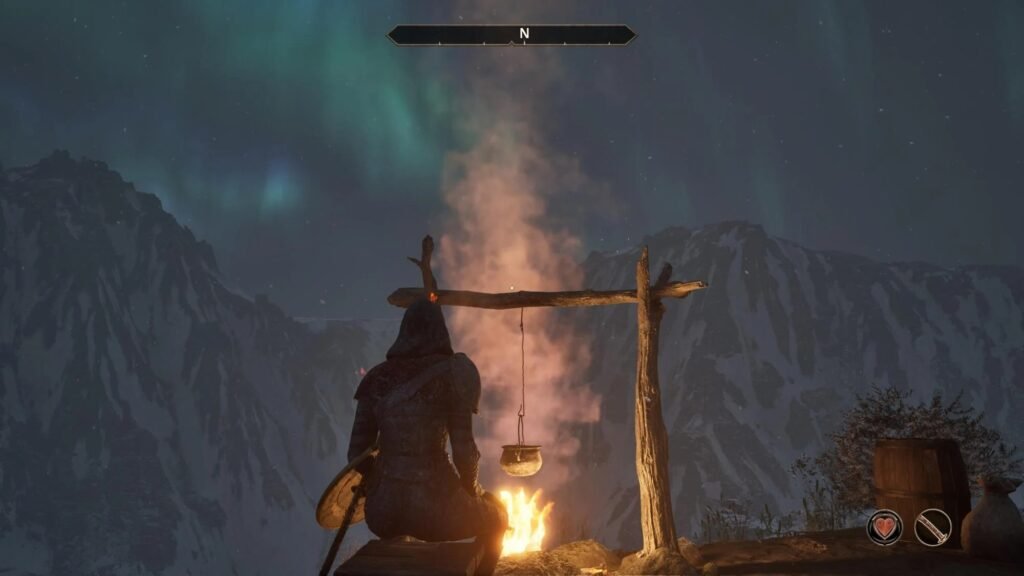
Shadowfall: Eclipse Remastered is visually spectacular, but beneath the gloss, it’s still a Bethesda-style sandbox—meaning not everything runs smoothly all the time.
Unreal Engine 5 Visual Overhaul
The most immediately striking change is the game’s complete visual overhaul, now running on Unreal Engine 5. The transformation is dramatic: the original’s flat textures and muddy lighting are replaced with dynamic shadows, global illumination, and high-resolution environmental assets.
Lighting now plays a central role in the game’s aesthetic. The Eclipse cycles, which cause periodic darkness across the continent of Varnis, cast haunting orange glows and twisted shadows. Volumetric fog creeps through ruins, lanterns flicker in reaction to wind physics, and character armor reflects the moonlight in battle. The game simply looks like a high-budget 2025 release.
Character models have also been improved significantly. Facial animations, while still a bit stiff compared to AAA cinematic titles, now reflect emotion better. Expressions no longer feel robotic, and lip-syncing has been reworked using procedural audio capture.
Performance and Optimization
Tested on a PlayStation 5 Pro in both Performance Mode (60 FPS) and Quality Mode (4K visuals), the game mostly holds up. In Performance Mode, the framerate dips occasionally—especially during rain-heavy scenes or large-scale faction battles—but remains steady enough for smooth gameplay.
On PC, early testing showed solid performance on mid-range GPUs like the RTX 3060 and upwards. The inclusion of DLSS 3 and FSR 3 ensures scalable options for different rigs.
That said, Quality Mode is a mixed bag. While ray-traced lighting looks incredible indoors, it tanks performance outdoors, often dipping below 30 FPS. It’s better reserved for screenshot enthusiasts than live gameplay.
Bugs and Legacy Glitches
While much has been patched, a few familiar gremlins linger. Expect the occasional enemy getting stuck in geometry, AI companions wandering off cliffs, and physics bugs like flying crates after an explosion. During our test run, the game crashed twice during fast travel.
To the devs’ credit, the autosave system is generous, and most bugs are more amusing than frustrating. Still, for a remaster, a few of these should’ve been caught.
Final Thoughts: A Cult Classic Earns Its Redemption
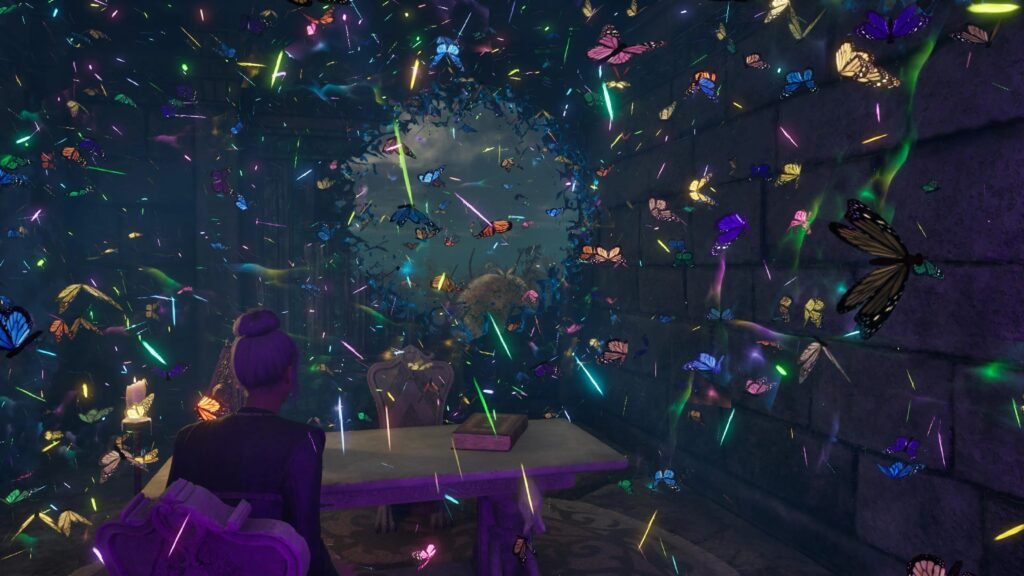
There’s a strange beauty in a game that doesn’t chase perfection. Shadowfall: Eclipse Remastered doesn’t scrub away the eccentricities that once made it polarizing—it embraces them. This isn’t just a graphical upgrade. It’s a love letter to what made the original unforgettable: dense systems, narrative boldness, and a willingness to be messy in pursuit of something meaningful.
For returning fans, the nostalgia hits fast and hard. The sounds, the faction politics, the eerie sky during an eclipse—it’s all here, and it’s more haunting than ever. The addition of modern graphical fidelity only enhances what was already a strong thematic world. This is not a remaster that tries to rewrite history. It honors it.
For newcomers, Eclipse Remastered may take time to sink in. It’s not streamlined or cinematic in the way most 2025 RPGs are. There are no morality meters, no quest markers that hold your hand, and no “press X to be heroic” shortcuts. You’ll wander. You’ll mess up. You might get killed by a wrong turn down a cursed alley. But if you stick with it, Shadowfall rewards you with layers of discovery that few modern games risk offering.
Yes, there are rough edges. The UI still needs refinement in certain areas. Enemy AI remains prone to weird behavior. Crashes, while infrequent, happen. But these flaws never overshadow the brilliance beneath. They’re symptoms of ambition rather than negligence.
Who Should Play It?
- Returning fans: This is everything you loved—just more beautiful and stable.
- RPG veterans: If you enjoy games like Divinity: Original Sin II, Kingdom Come: Deliverance, or Morrowind, this is your jam.
- Lore nerds and systems thinkers: The interplay of politics, magic, and consequence will keep you hooked.
If you crave control, consequence, and a world that remembers your sins and victories alike, this remaster belongs in your library. Shadowfall: Eclipse Remastered isn’t just a second chance for a forgotten gem—it’s a reminder of what RPGs can be when they’re unafraid to challenge their players.

